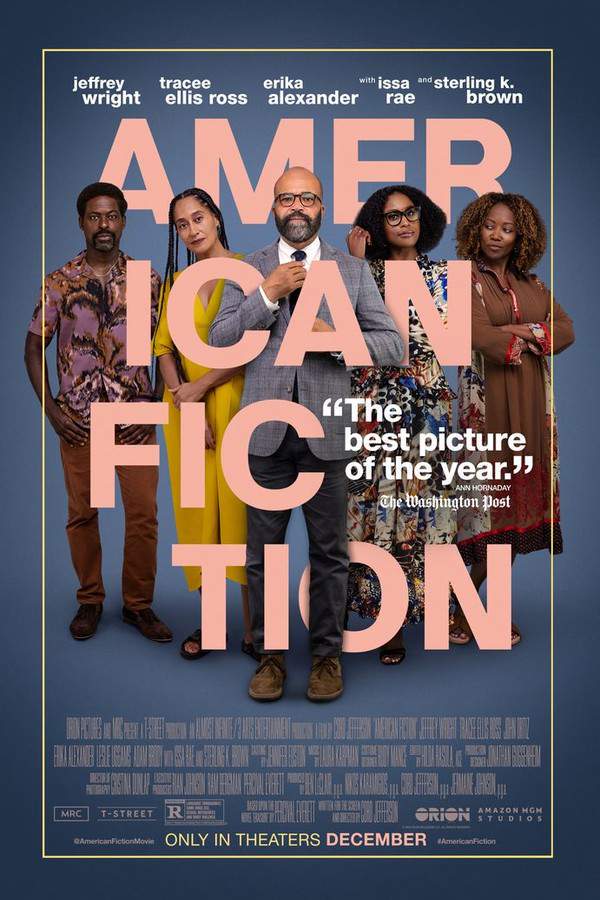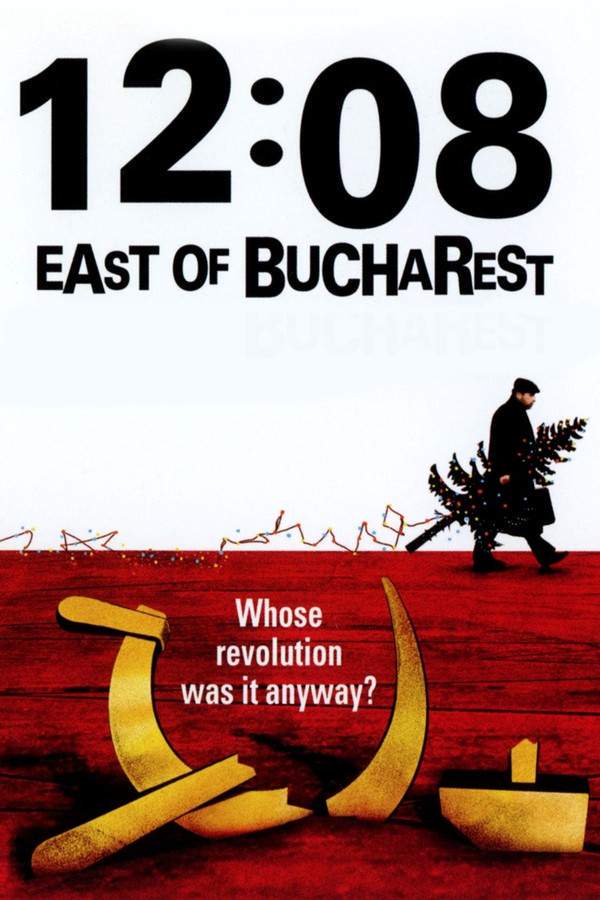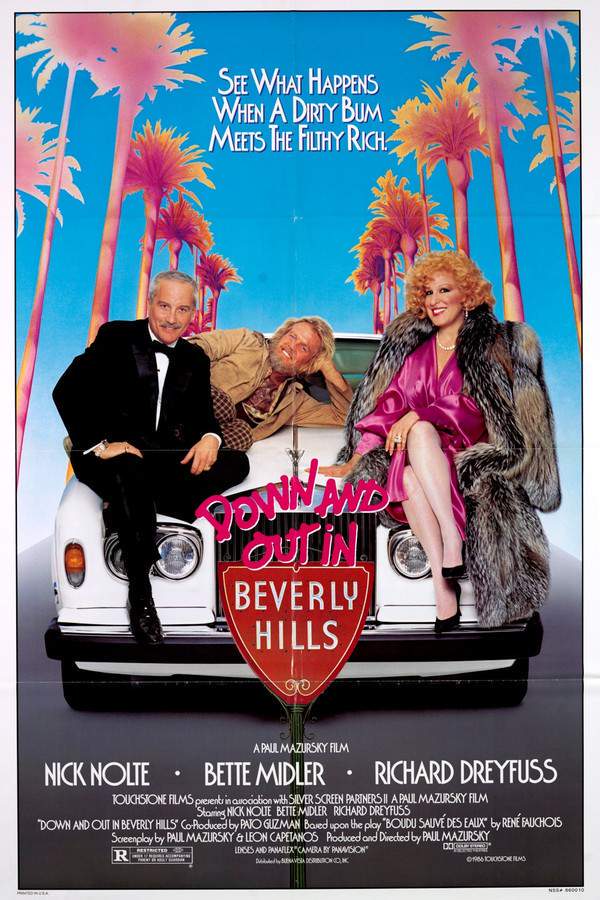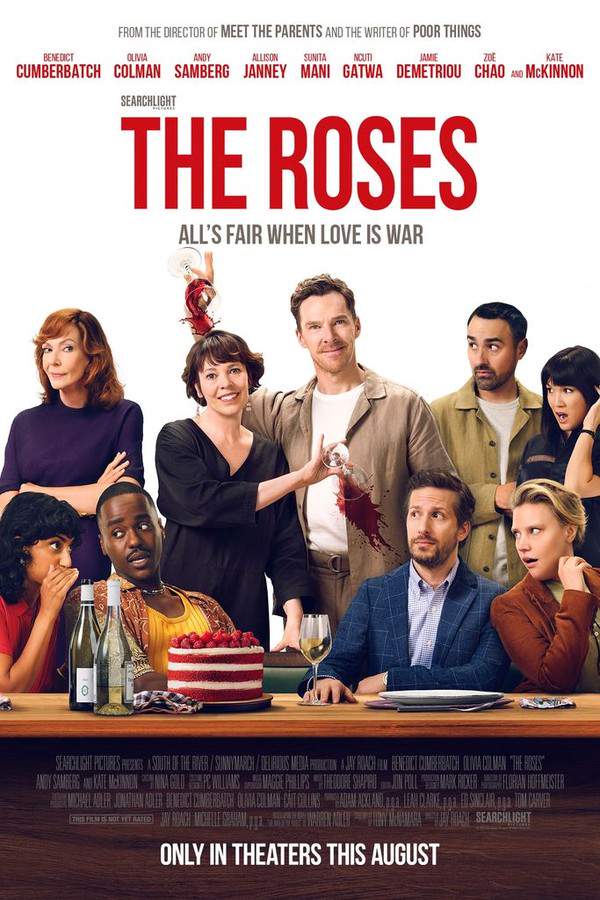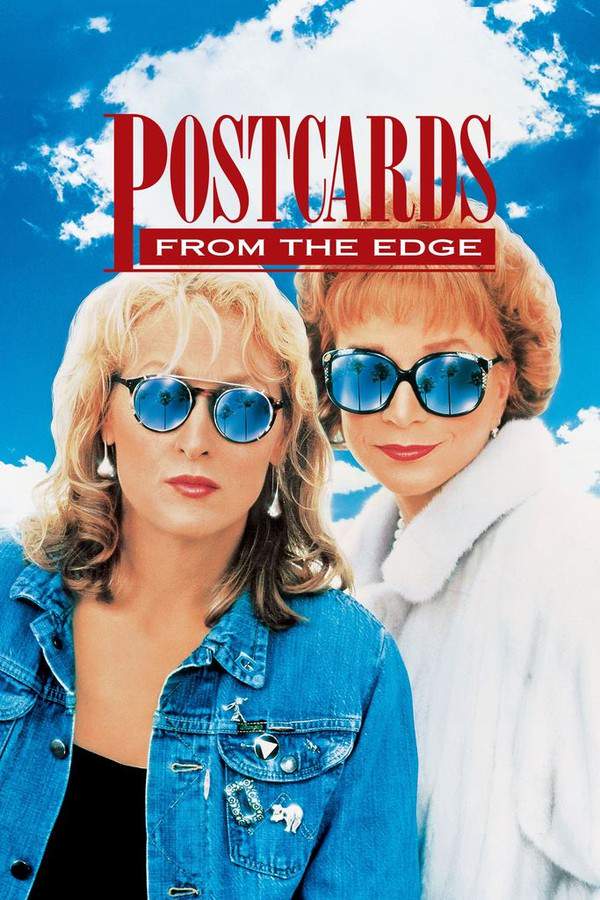
Kaun Kitney Paani Mein
Year: 2015
Runtime: More mins
Language: Hindi
Director: Nila Madhab Panda
In a rural Indian village, a severe drought exposes deep-seated social tensions and power dynamics. As the most vital resource, water, disappears, the established hierarchy crumbles and the oppressed find themselves in a position of authority. The film humorously portrays the resulting shift in caste and social order, exploring how people adapt and compete when faced with scarcity.
Warning: spoilers below!
Haven’t seen Kaun Kitney Paani Mein yet? This summary contains major spoilers. Bookmark the page, watch the movie, and come back for the full breakdown. If you're ready, scroll on and relive the story!
Kaun Kitney Paani Mein (2015) – Full Plot Summary & Ending Explained
Read the complete plot breakdown of Kaun Kitney Paani Mein (2015), including all key story events, major twists, and the ending explained in detail. Discover what really happened—and what it all means.
Kaun Kitney Paani Mein is a social drama set around two fictional villages, Upri and Bairi, whose fates are shaped by caste and water. Upri is depicted as dominated by upper-caste residents who are stereotyped as lazy and lacking practical skills, while Bairi is home to lower-caste communities whose labor has fostered real skill and resilience. The long-standing feud between them traces back to a tragedy generations ago—a murder-suicide driven by caste tensions under the rule of the then Maharaja of the affluent Upri—a wound that still colors every decision today.
In the present, Upri faces a growing water crisis, even as Bairi begins to prosper. At the center of this world is Maharaj Braj Singhdeo, [Saurabh Shukla], a once-formidable leader whose reputation outlives his finances; he is almost bankrupt and cannot even fund his son’s education, [Raj Singhdeo], [Kunal Kapoor], to go to college. Opposite him stands Kharu Pahelwan, [Gulshan Grover], a prosperous MLA candidate from Bairi, while his daughter Paro, [Radhika Apte], provides him intellectual and moral ballast. The contrast between Braj’s dwindling resources and Paro’s modern, principled stance sets the stage for a high-stakes barter between villages.
Desperation drives Braj to a risky scheme. He pushes Raj to help secure resources from Bairi by using the lure of Paro—either through coercive flirtation or marriage—as a pretext for uniting the villages under a single banner. To seal the plan, Braj feigns a forced estrangement from his own family to push Raj into closer contact with Bairi’s world. Raj steps into life as an aide to Kharu Pahelwan and quickly earns trust, drawing the attention of Amrita Devi, the president of the ruling party backing Kharu. Along the way, Raj’s feelings for Paro grow deeper, layering personal longing over political ambition and complicating every move he makes.
The conspiracy thickens as Braj, Amrita Devi, Raj, and an underground ally—a tailor who has carved an underground canal to siphon water from Bairi—work together to stage a dramatic intervention. They enlist the temple priest to create the illusion that a goddess has intervened, legitimizing a plan for Raj and Paro’s marriage as a signal of village unity. The ruse succeeds in pulling the two communities toward peace, and Raj finds himself riding the wave of political mileage, becoming a central figure in Amrita Devi’s party.
Yet beneath the surface, the scheme reveals the fine line between genuine unity and calculated manipulation. The film scrutinizes how resource scarcity, entrenched social hierarchies, and political aspiration can blur ethical boundaries, turning a community’s hope into a political instrument. As Upri and Bairi pretend to cohere, the characters are forced to confront what real collaboration requires: trust, sacrifice, and a willingness to challenge old resentments.
Ultimately, the story is a meditation on power’s ability to reshape rural lives. It asks whether two villages can truly move beyond caste and history in pursuit of shared welfare, or if structural interests will always pull the strings. With a sharp satirical edge, the narrative follows a young man drawn into ambition, love, and loyalty, showing how the lure of influence can both illuminate and corrupt the path to a more equitable future—if such a future is even possible when every water source is a political prize.
Last Updated: October 03, 2025 at 06:45
Explore Movie Threads
Discover curated groups of movies connected by mood, themes, and story style. Browse collections built around emotion, atmosphere, and narrative focus to easily find films that match what you feel like watching right now.
Satirical Social Dramas like Kaun Kitney Paani Mein
Stories where societal absurdity is exposed by a major crisis or event.If you liked the sharp, humorous critique of caste and power in Kaun Kitney Paani Mein, explore these other movies. They feature similar stories where major crises expose societal absurdity, often with a satirical edge and shifting power dynamics.
Narrative Summary
These films typically begin with a stable but flawed social system. An external or internal crisis erupts, shaking the foundations of this system. The ensuing chaos reveals the absurdity of the old rules, leading to humorous and often poignant power struggles as characters adapt or resist the new reality.
Why These Movies?
Movies in this thread share a core approach: using satire and a central crisis to dissect social structures. They balance humor with serious themes, creating an experience that is both intellectually engaging and entertaining, with a tone that is often critical yet not entirely hopeless.
Movies about Resource Scarcity like Kaun Kitney Paani Mein
Narratives where communities clash over a vital resource, forcing difficult ethical choices.Fans of Kaun Kitney Paani Mein will appreciate these films centered on resource wars. Discover movies where communities and characters are tested by scarcity, leading to strategic games, moral ambiguity, and tense power dynamics.
Narrative Summary
The central conflict revolves around the control of a dwindling essential resource. This scarcity creates a high-stakes environment where rival factions emerge. The narrative follows the strategic moves, deceptions, and negotiations between these groups, often culminating in an ambiguous resolution that questions the cost of survival.
Why These Movies?
These films are grouped by their central theme of scarcity-driven conflict. They share a medium intensity with steady pacing, focusing on strategic plotting and the moral gray areas that characters enter when fighting for survival or power.
Unlock the Full Story of Kaun Kitney Paani Mein
Don't stop at just watching — explore Kaun Kitney Paani Mein in full detail. From the complete plot summary and scene-by-scene timeline to character breakdowns, thematic analysis, and a deep dive into the ending — every page helps you truly understand what Kaun Kitney Paani Mein is all about. Plus, discover what's next after the movie.
Kaun Kitney Paani Mein Timeline
Track the full timeline of Kaun Kitney Paani Mein with every major event arranged chronologically. Perfect for decoding non-linear storytelling, flashbacks, or parallel narratives with a clear scene-by-scene breakdown.

Characters, Settings & Themes in Kaun Kitney Paani Mein
Discover the characters, locations, and core themes that shape Kaun Kitney Paani Mein. Get insights into symbolic elements, setting significance, and deeper narrative meaning — ideal for thematic analysis and movie breakdowns.

Kaun Kitney Paani Mein Spoiler-Free Summary
Get a quick, spoiler-free overview of Kaun Kitney Paani Mein that covers the main plot points and key details without revealing any major twists or spoilers. Perfect for those who want to know what to expect before diving in.

More About Kaun Kitney Paani Mein
Visit What's After the Movie to explore more about Kaun Kitney Paani Mein: box office results, cast and crew info, production details, post-credit scenes, and external links — all in one place for movie fans and researchers.


